Physical Therapy – Embarrassingly Effective
That time you lifted too much weight 40 years ago has come back to haunt you. Your shoulder aches after a weekend of playing with grandchildren. For some reason, your coordination is off. After a couple of visits to your doctor, you are referred for physical therapy. When facing outpatient physical therapy seniors may be nervous and embarrassed. If you are like me, I get over being nervous, but the embarrassment seems to linger.
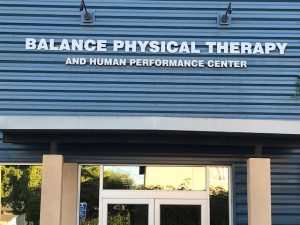 During Outpatient Physical Therapy Seniors Improve
During Outpatient Physical Therapy Seniors Improve
American Senior Communities, in a blog posted on March, 2014, states: “Physical therapy can help seniors retain their independence, whether they are managing a long-term illness or just want to improve their general health and mobility.The goal of physical therapy is to help restore and improve functionality, reduce pain and increase mobility for better strength and balance.”
Physical Therapy, or PT, targets specific areas of the body as needed. A physician might recommend rest or anti-inflamatories. PT strengthens areas of the body to relieve symptoms and keep them from coming back. With pain, stiffness and weakness, PT can difficult. For many seniors, strenuous exercise is exhausting. PT exercises work and strengthen specific muscles and joints. To work these specfic areas, exercises are often awkward. If normal movement was possible, these exercises would not be needed.
Intake and Evaluation are Part of PT
Most people who are in PT have been referred by their doctor. Despite this referral, 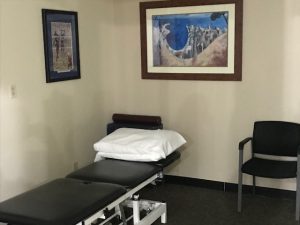 the physical therapist does an intake interview and evaluation of the affected area before any therapy begins. The interview and evaluation can take place in a private area. At most PT centers, patients can request private evaluation areas. Many clinics have treatment tables available for initial interviews as well as evaluation after each session. The evaluation process helps develop a treatment plan. The therapist discusses the treatment plan with the patient. They usually discuss treatment duration, frequency and target areas of the body.
the physical therapist does an intake interview and evaluation of the affected area before any therapy begins. The interview and evaluation can take place in a private area. At most PT centers, patients can request private evaluation areas. Many clinics have treatment tables available for initial interviews as well as evaluation after each session. The evaluation process helps develop a treatment plan. The therapist discusses the treatment plan with the patient. They usually discuss treatment duration, frequency and target areas of the body.
Ackward, Embarrassing, but Effective
Some of the prescribed exercises target large areas of the body. Cycling, throwing a medicine ball, resistance training are good examples. All are effective exercises but quite normal looking. Pushing the weighted sled reminds me of high school sports, but without the yelling. Weighted exercises can be difficult because of age, but provide valuable toning and cardio. For many, outpatient physical therapy seniors, these exercises haven’t been done for decades. Each set is daunting, but beneficial.
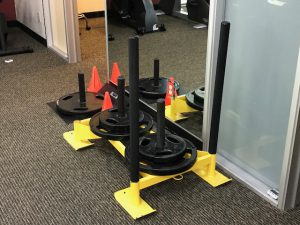
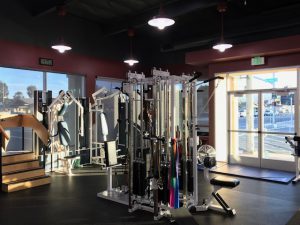
Resistance bands make walking, stretching and bending a therapeutic strain. Because many exercises target very specific areas of the body, some are very embarrassing.
Back bridges, on the treatment table, strengthen hips and thighs, but could get someone arrested in another setting. Various types of walks and waddles look ridiculous, but strengthen the core and legs. I have always been sure that therapists, once an evaluation is completed, discuss what exercise would be most embarrassing and beneficial for the patient. Precise movements are necessary for a patient to receive the full benefit of therapy. Often, exercises are done in front of a mirror for self-monitoring. Mirrors are a great tool in PT, but make each patient notice every flaw in both their body and their movement.
PT is Cumulative
If you are a senior citizen who has been to physical therapy, you are always prepared for the strain of each exercise, but looking forward to the benefits If you 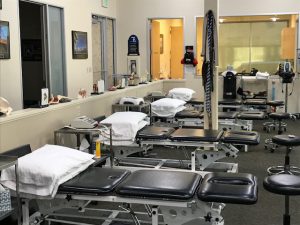 haven’t been to physical therapy, but are scheduled at some clinic, its important to realize that nerves are okay. The combination of a physical problem and new experience is nerve raking. Remember the effect of PT is cumulative. The more you do the exercises, the better you will feel… in the long run. Your therapist will manipulate the problem area for you as each session ends. Reporting how you feel very important. We improve because we work. PT might be embarrassing, but it is always effective.
haven’t been to physical therapy, but are scheduled at some clinic, its important to realize that nerves are okay. The combination of a physical problem and new experience is nerve raking. Remember the effect of PT is cumulative. The more you do the exercises, the better you will feel… in the long run. Your therapist will manipulate the problem area for you as each session ends. Reporting how you feel very important. We improve because we work. PT might be embarrassing, but it is always effective.
Going to PT? Remember to:
- Wear comfortable clothes.
- Describe symptoms in detail to your physical therapist.
- Do every exercise properly.
- Exercise between PT appointments as suggested.
- Note changes in your physical symptoms.
Take a moment to share your thoughts about this page. As a senior, do you go to physical therapy? What’s you most embarrassing moment at PT.

I have been having some serious issues of body pain in the last couple of days and someone told me that physical therapy can help me but I don’t know so much about it that’s why I decided it would be good to make some research first. I guess my nervous level has gone down a bit since I know what to expect when I go see the the therapist. I just want to get fine and feel better again.
Physical therapy can help, but you should have a referral from your doctor so the therapist knows how to help. thanks for your comment.
Hello there, I have been really serious with both my mental and physical health and it’s been really good for my daily activities as I was through stress a lot at work. I really feel the people who are in such situations can also make use of this physical therapy and it will help them a lot in may ways. Cheers
Physical therapy can be intense but usually really helps. Thanks for your comment.